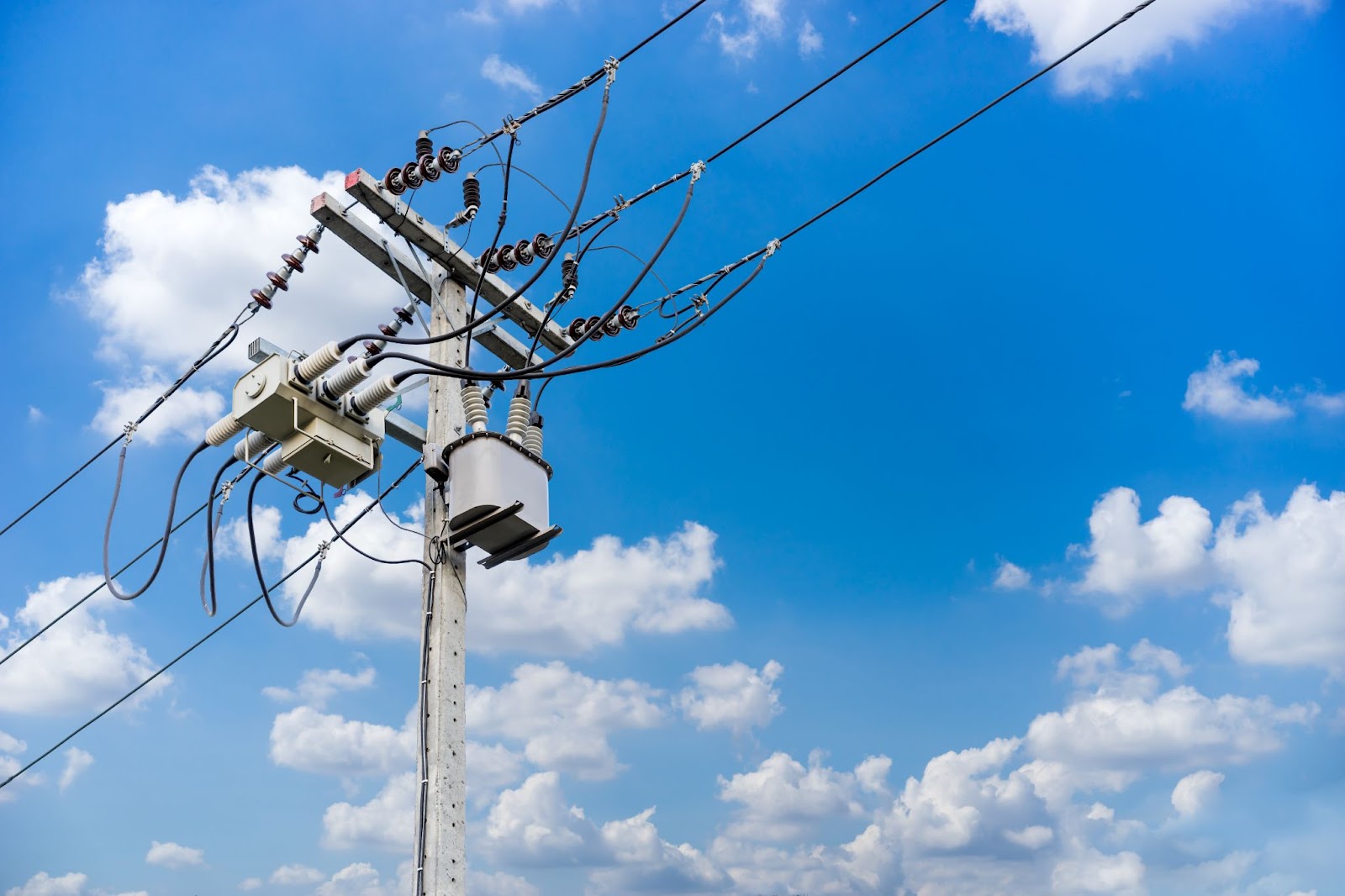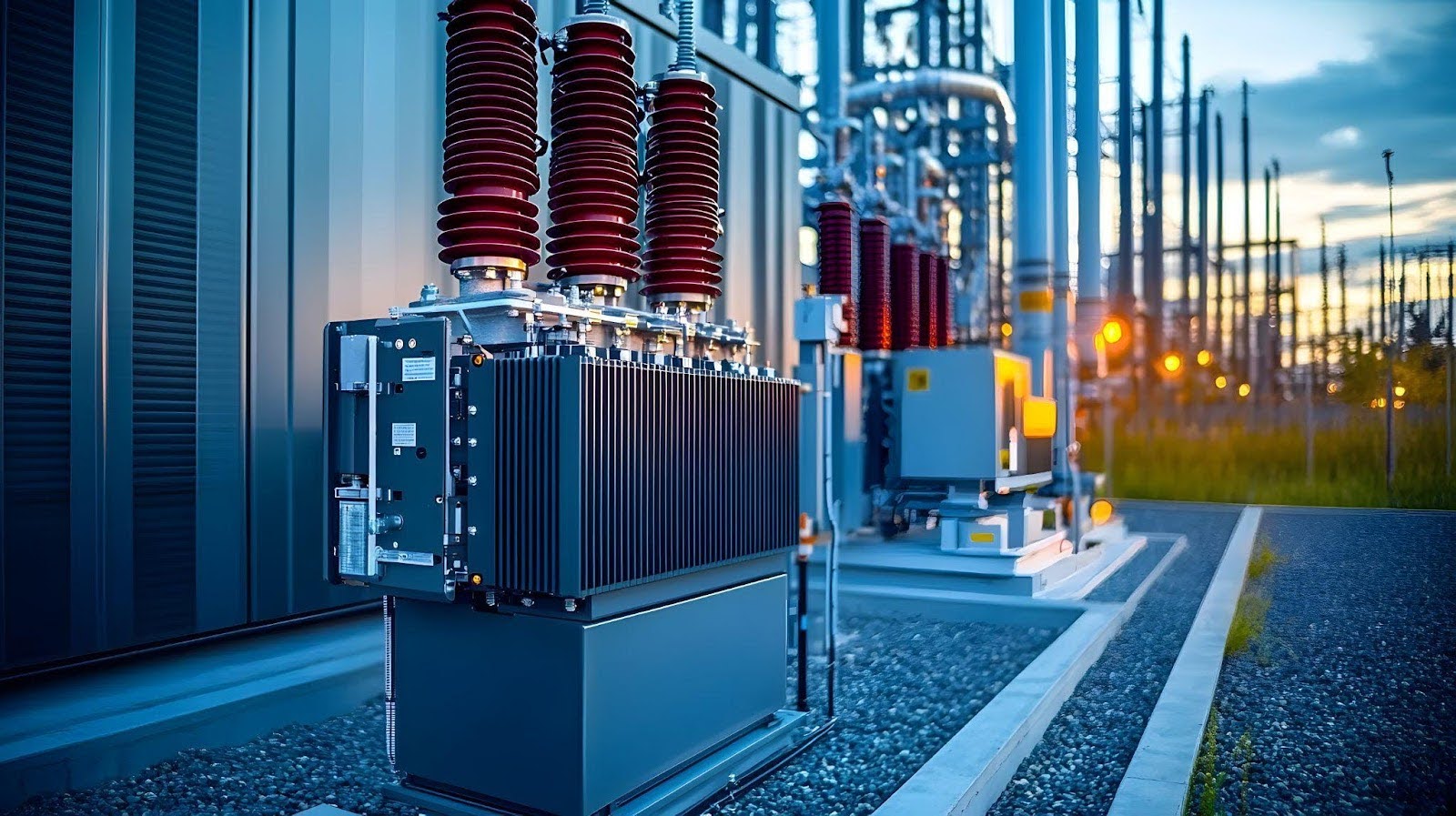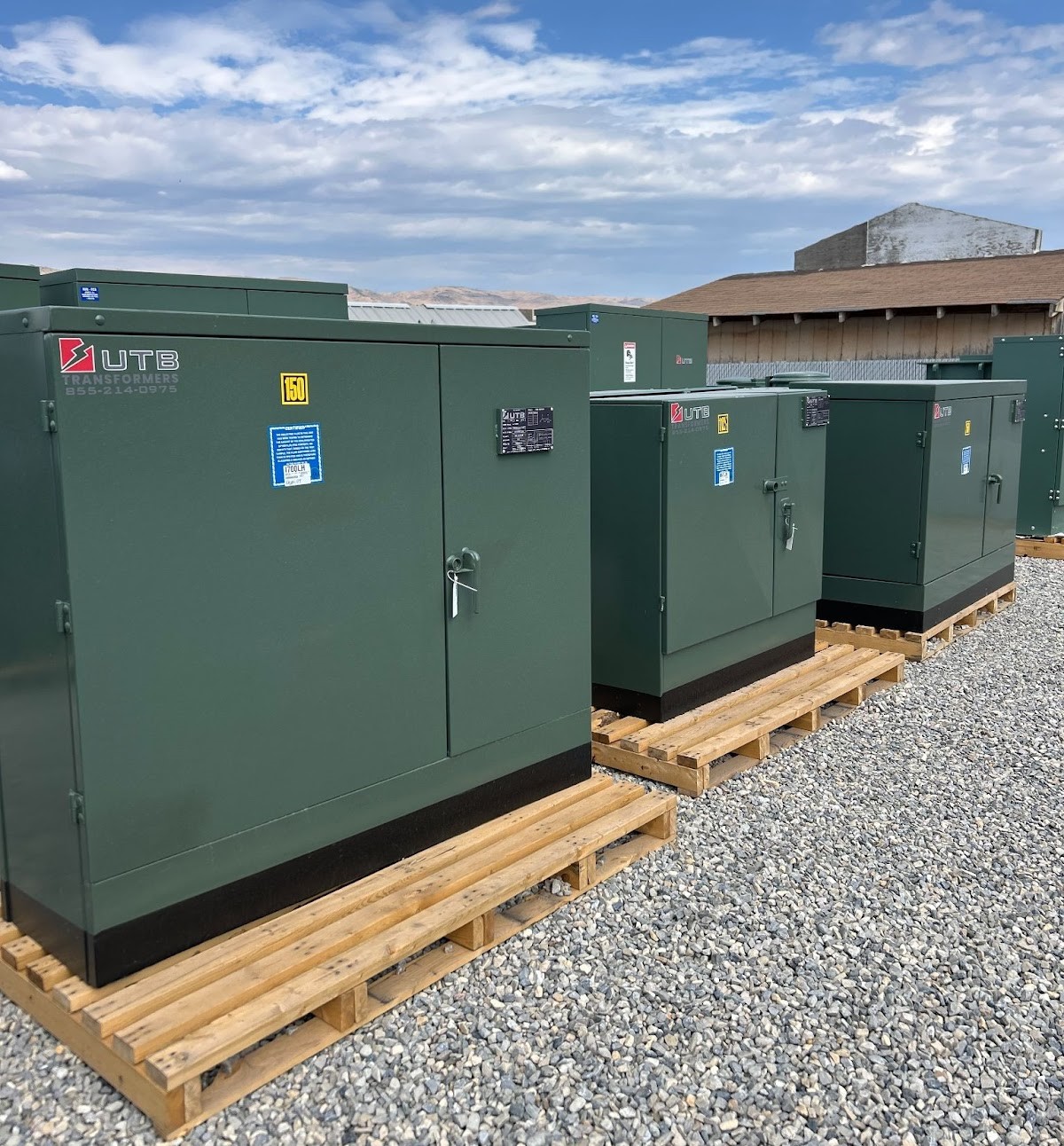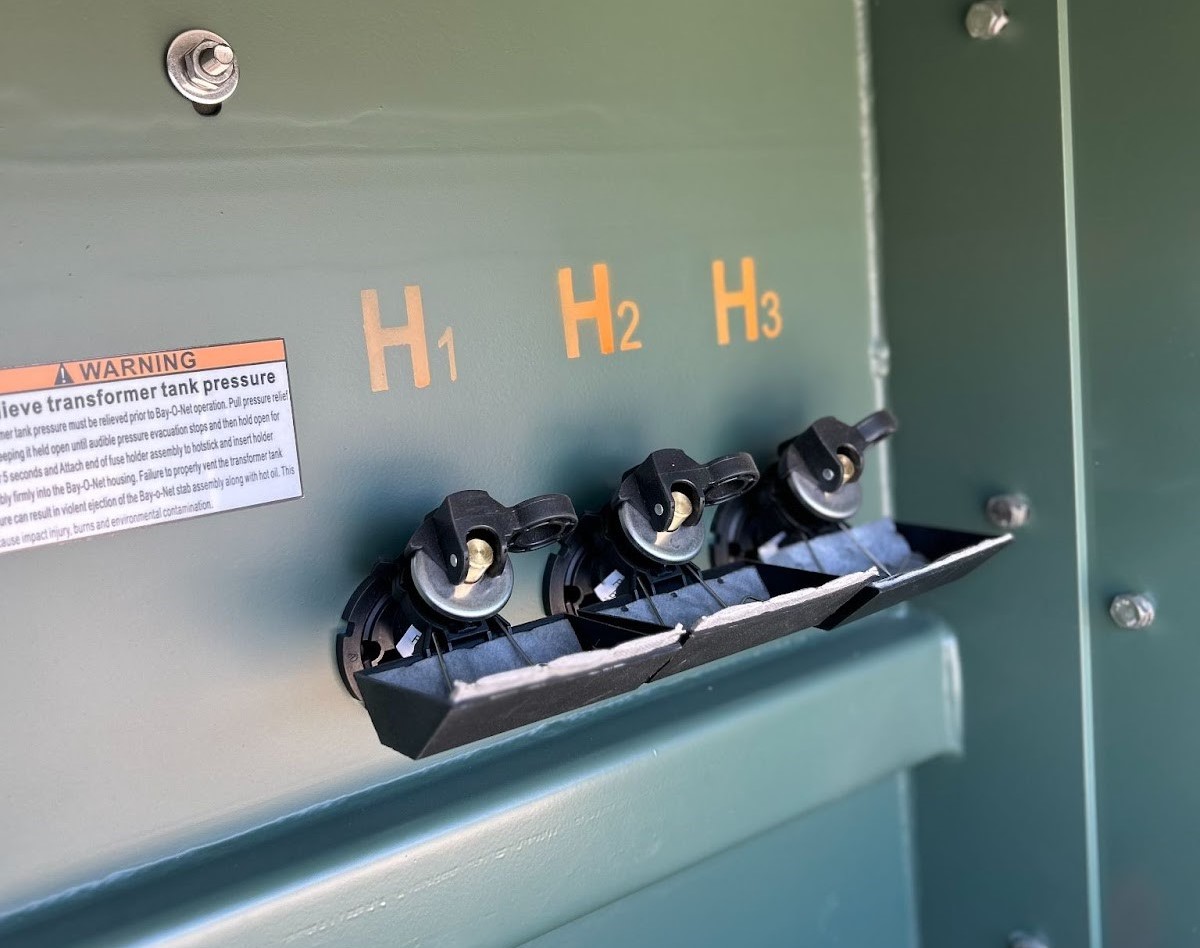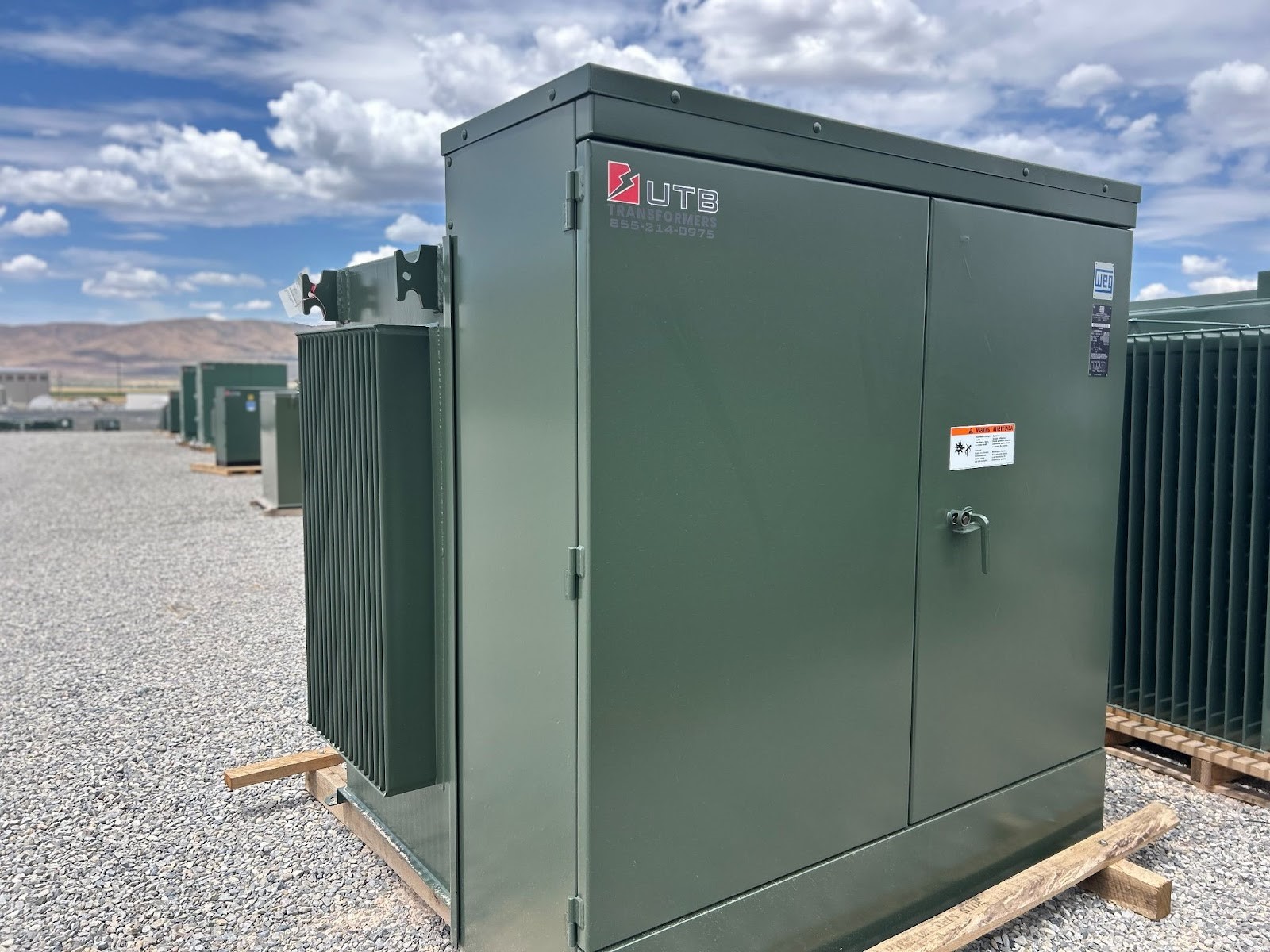Reclosers improve the reliability and safety of power delivery. Whether mounted on poles or in substations, they automatically detect faults, isolate them, and restore power to the unaffected areas.
In this blog, we’ll explore the differences between pole-mounted and substation-mounted reclosers, examining how each type works and their unique advantages.
Understanding when and where to use them will help improve system efficiency, reduce downtime, and ensure a continuous, stable power supply across various settings.
Join us as we compare the two types and discuss how they enhance electrical networks’ performance and reliability. Let’s start by looking at precisely what a recloser is.
What is a recloser?
A recloser is an automatic electrical device used in power distribution systems to detect and clear faults in the electrical circuit. They automatically isolate faulty sections of the power line, temporarily disconnecting power to prevent damage to equipment and ensure the system’s safety.
When a fault occurs, the recloser temporarily interrupts the power flow. It then attempts to restore service by automatically re-energizing the circuit after a short delay.
If the fault is still present, it will disconnect the circuit again and may retry the operation multiple times (hence the term “recloser”). This automatic resetting helps prevent unnecessary service interruptions by allowing the power to be restored quickly in cases of temporary faults while properly isolating persistent issues.
They are particularly valuable in improving the reliability of electrical distribution systems by reducing downtime and minimizing the need for manual intervention. They are typically used in both overhead lines (pole-mounted) and substations (substation-mounted) to help protect and manage power distribution networks more efficiently.
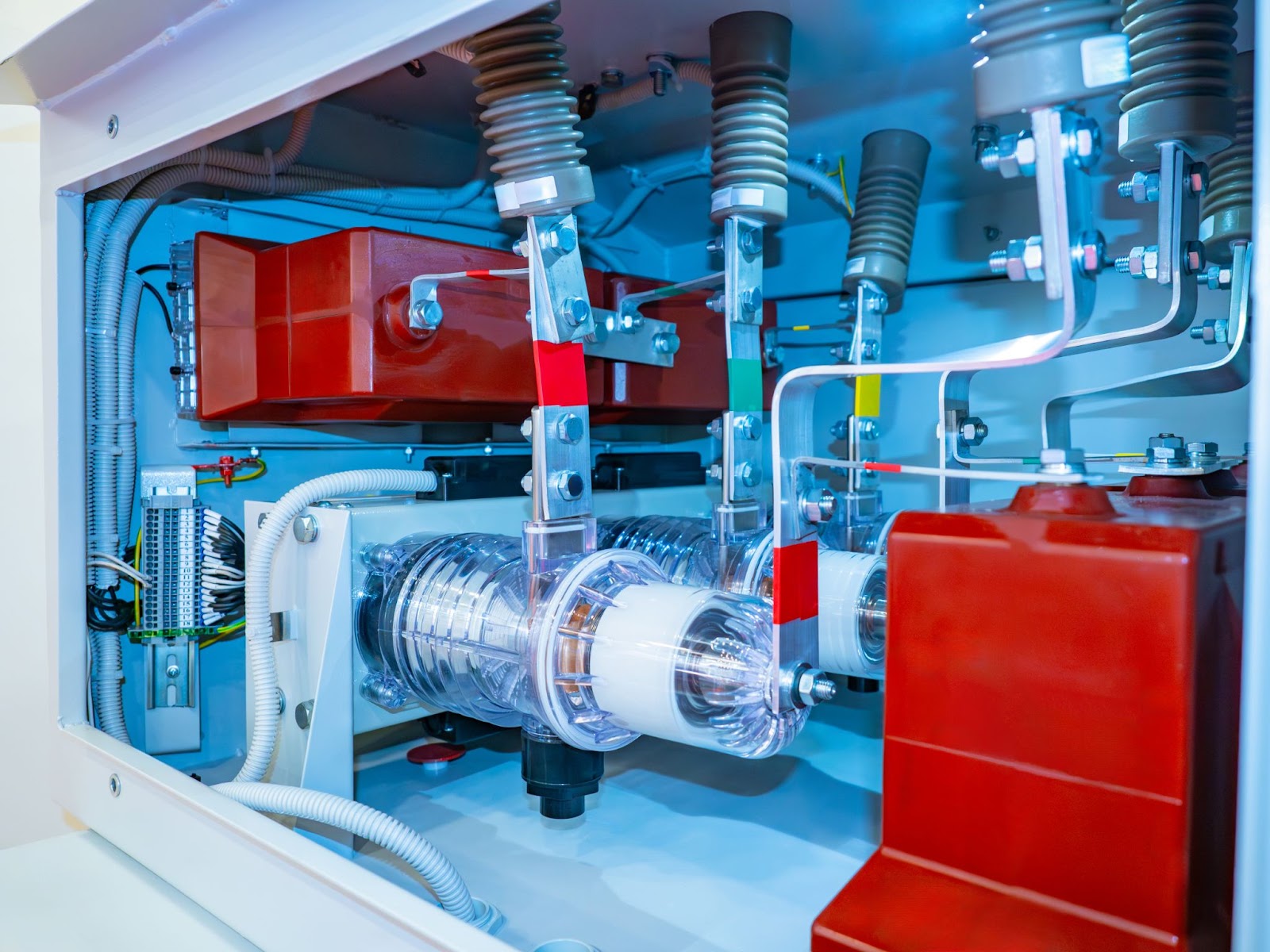
How do pole-mounted reclosers work?
Pole-mounted reclosers go on utility poles in overhead power distribution systems. Here’s a step-by-step breakdown of how they work:
Fault detection
When a fault occurs on the power line, such as a short circuit caused by a fallen tree or equipment failure, the recloser detects the issue using sensors that monitor the electrical current. If the fault causes the current flow to exceed the pre-set threshold, it identifies it as a problem.
Interruption of power
Once the recloser has detected the fault, it automatically interrupts the flow of electricity to prevent further damage. This is typically done by opening the circuit, effectively isolating the affected section from the rest of the grid.
Attempting to restore power
After the circuit gets interrupted, the recloser waits for a brief period (typically a few seconds to a minute) and then attempts to restore power by re-closing the circuit. This process is called “auto-reclosing.”
The idea is that some faults, such as temporary ones caused by branches or debris, might clear themselves during this waiting period, allowing the system to resume normal operation.
Multiple attempts
If the fault persists after the first attempt to restore power, the recloser will trip again and wait for a set period before trying to close the circuit again. Depending on its settings and the severity of the fault, this process may be repeated multiple times.
Final isolation
If the fault is still present after several attempts, the system will permanently isolate the faulty section, preventing further damage. At this point, maintenance crews may need to manually fix the issue.
Pole-mounted reclosers play a key role in enhancing the efficiency of electrical distribution by reducing the duration and frequency of power outages caused by temporary faults. They can also minimize the need for field crews to respond to minor problems, saving time and resources while improving overall system reliability.
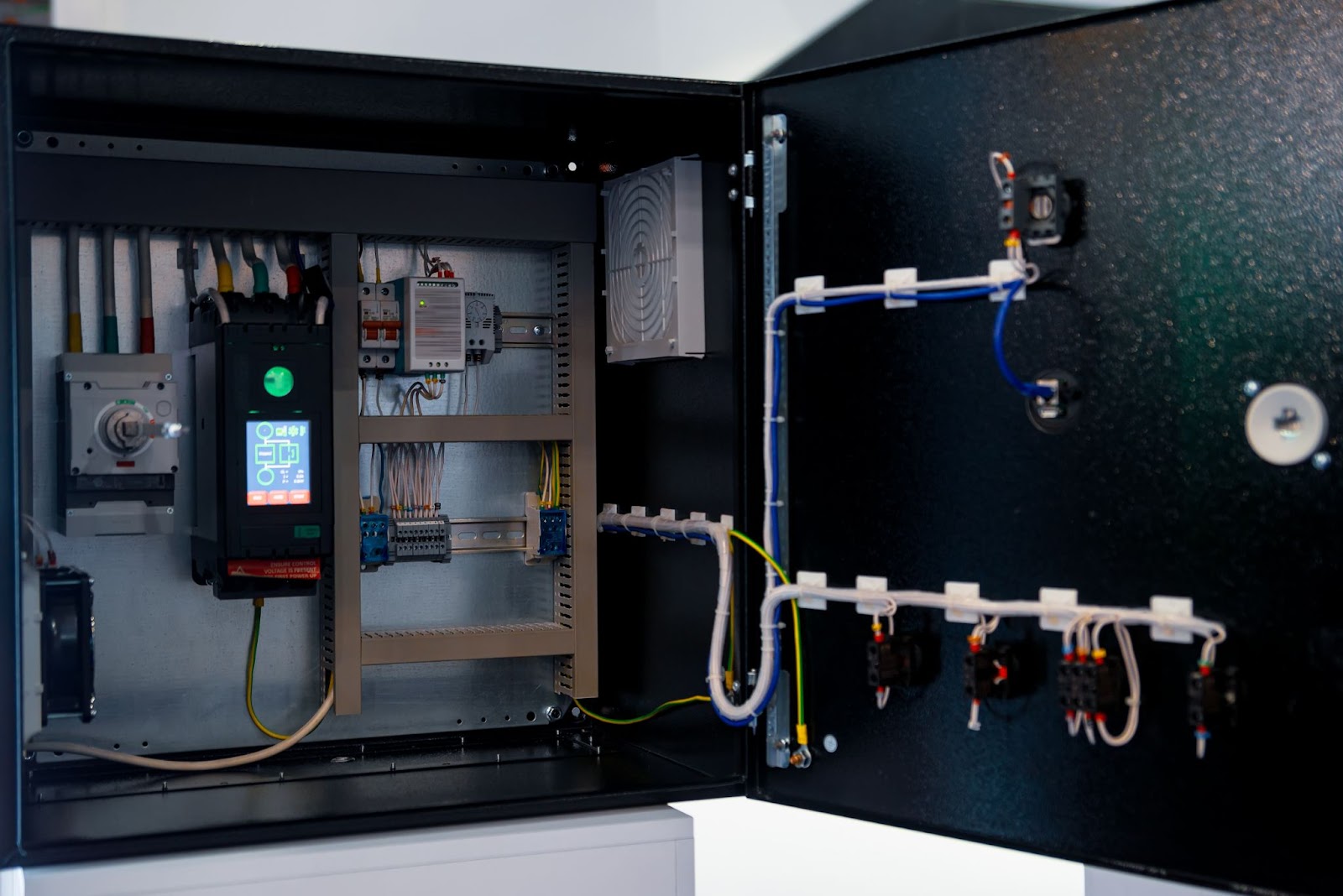
How do substation-mounted reclosers work?
These work similarly to pole-mounted ones but are typically installed in substations where higher-voltage power is managed and distributed.
They protect large portions of the power grid and help maintain the stability and reliability of the electrical distribution system, especially in large-scale industrial or commercial operations.
Here’s a breakdown of how they work:
Fault detection
Like their pole-mounted counterparts, substation-mounted reclosers continuously monitor the electrical flow in the power lines entering the substation. They detect abnormal current and identify the fault when a fault occurs.
Power interruption
Upon detecting a fault, the recloser automatically interrupts the electrical flow by opening the circuit. This isolates the faulty section from the rest of the grid to prevent further damage to equipment and avoid safety hazards. The interruption helps prevent the spread of electrical faults to other parts of the network.
Attempting to restore power
After the circuit is opened, the recloser waits for a brief period, typically a few seconds to a minute. It then attempts to restore power by closing the circuit and re-energizing the power line. This auto-reclosing process assumes that some faults, like those caused by temporary issues, might resolve themselves.
Multiple reclosing attempts
If the fault is still present after the initial reclosing attempt, it will trip again and wait for another period before closing the circuit again. Depending on its settings and the nature of the fault, this cycle can be repeated several times.
Final isolation
If the fault persists after several reclosing attempts, it will isolate the faulty section permanently. This prevents further damage to the system and allows maintenance crews to address the issue manually. In some cases, other parts of the substation or the grid may be automatically rerouted to maintain service to unaffected areas.
So, there you have it.
Now you know how pole-mounted vs substation-mounted applications work. With both serving slightly different applications, one is bound to be a good choice for your needs.
Unsure of which one that is? That’s where we come in.
Contact UTB Transformers today
If you’re looking to enhance the reliability and efficiency of your electrical distribution system, UTB Transformers offers high-quality reclosers for pole-mounted and substation-mounted applications.
They are designed to provide quick fault detection, minimize downtime, and ensure continuous power delivery, keeping your operations running smoothly.
Contact UTB Transformers today to learn more about our range of options and how they can improve the safety and efficiency of your power system. Let us help you find the right solution tailored to your needs, ensuring maximum performance and reliability for your electrical infrastructure.

